Some home design trends may look stunning on the surface—but they could be quietly putting your insurance coverage at risk. As climate change, safety standards, and building regulations evolve, insurers are taking a closer look at how certain features affect risk—and cost. From fire pits to unconventional materials, today’s stylish upgrades could be tomorrow’s red flags. Before you jump on the latest design craze, it’s worth knowing what might raise eyebrows with your insurance provider. Here are 12 design trends that could make your home uninsurable in the not-so-distant future.
1. Home Elevators
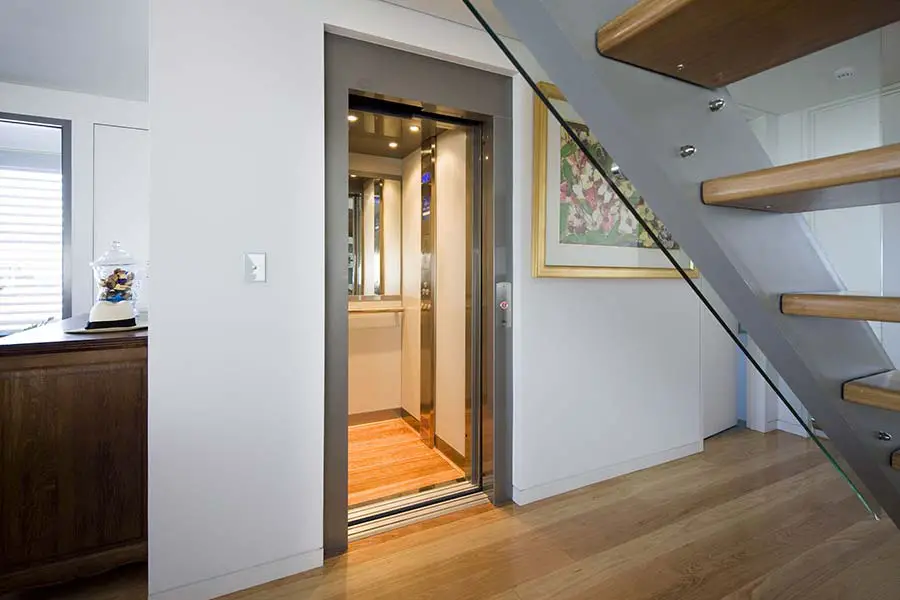
Home elevators are an increasingly common luxury upgrade, particularly for multi-story homes or homes with accessibility needs. However, elevators can be a significant liability risk for insurance companies, leading to complications with coverage. Artisan Elevators note that these are mechanical systems that can break down, malfunction, or cause injury if not properly maintained. Insurers are often wary of the potential for accidents, including falls or entrapment, particularly if the elevator is not up to code or properly serviced.
Some insurers may provide coverage for home elevators, but only at a high premium, or with extensive exclusions for certain types of damage or malfunction. In some cases, an insurer may choose to exclude elevators entirely from coverage or even refuse to cover a home with one. If you’re thinking about installing an elevator, it’s crucial to have a detailed discussion with your insurance provider to understand the specific requirements and potential limitations of your coverage. Failing to do so could leave you facing substantial out-of-pocket costs in the event of an elevator-related incident.
2. Large-Scale Home Additions
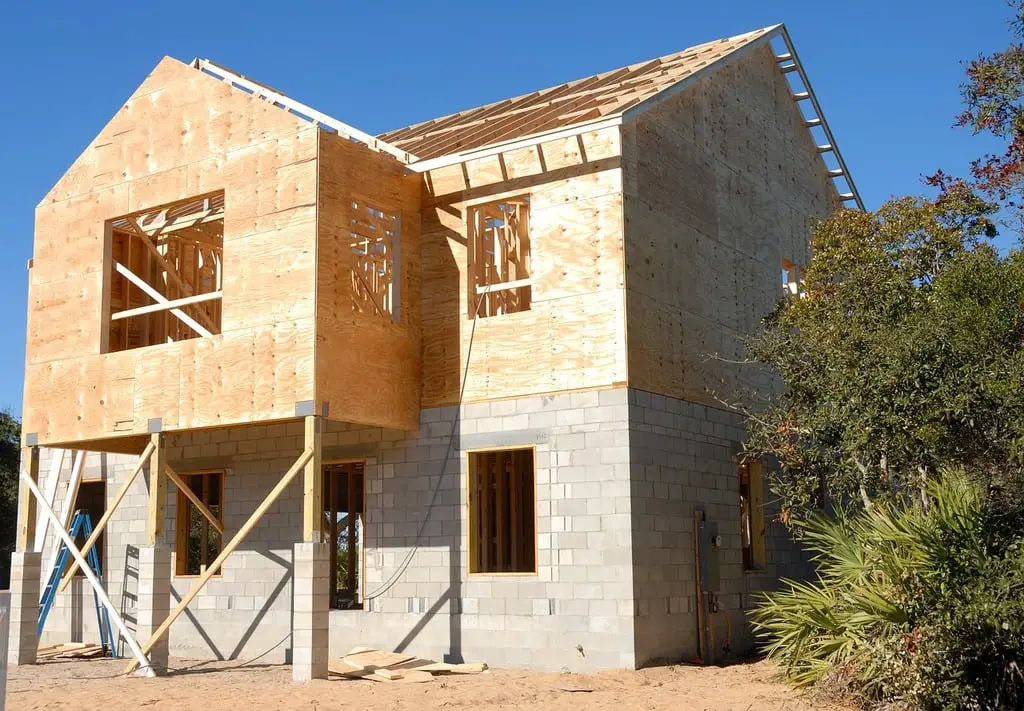
Expanding your home with large-scale additions such as additional floors or expansive living areas can result in an increase in both home value and risk. These types of upgrades can change the structure of your home, altering its risk profile in the eyes of insurers. Forbes notes that depending on the scale of the addition, you may face difficulty in obtaining coverage for certain parts of your home, particularly if the work is deemed to be substandard or unapproved. Insurers may also be hesitant to insure a home with major additions if the work hasn’t been completed according to building codes or with the necessary permits.
If the home addition isn’t properly documented or fails to meet safety standards, it could result in increased premiums or difficulty securing insurance at all. Homeowners who have made significant structural changes should have their property inspected by a professional to ensure it meets all insurance requirements. If you’re planning a major home addition, be sure to get in touch with your insurer early to discuss coverage options and make sure you stay compliant with regulations.
3. Swimming Pools

Swimming pools have long been a luxurious addition to any home, but they are becoming increasingly difficult to insure due to rising liability concerns. Pools pose a significant risk of accidents, especially for young children or uninvited guests. Insurance providers are concerned about the potential for drownings, injuries, or property damage caused by pool-related incidents. Additionally, maintaining a pool involves significant ongoing costs for upkeep, which insurers are reluctant to cover, says Bankrate.
In some cases, insurers may offer limited coverage or exclude pool-related accidents from standard homeowner policies. If you’re considering adding a pool to your property, it’s crucial to check with your insurer beforehand to ensure that you can get the necessary coverage. Moreover, pools can increase the value of your home, but they may also increase your premiums. Some insurers are opting to simply refuse coverage entirely for homes with pools due to the financial risk involved. While pools are still popular, they are no longer seen as a straightforward addition from an insurance standpoint, making them potentially uninsurable for some homeowners.
4. Solar Panels

Solar panels have become a popular eco-friendly home upgrade, but they are increasingly difficult to insure. One of the main concerns is the cost of replacement if the panels are damaged during a natural disaster or other covered event. Solar panel systems can be expensive to install, and insurers may be hesitant to provide full coverage due to the high replacement costs. In some cases, insurers may offer only limited coverage for solar panel systems or exclude them from standard policies altogether, says Nationwide.
Additionally, solar panels may require specific maintenance and servicing, which not all homeowners may be aware of or able to perform themselves. If you have a solar panel system, it’s crucial to work with your insurance company to ensure you’re properly covered. Failure to do so could leave you exposed in the event of damage. Some insurers may also consider the age of your solar panels when determining coverage, with older systems being harder to insure. As the popularity of solar energy continues to grow, it’s essential to be aware of the potential difficulties in securing proper insurance for these systems.
5. Unpermitted Structures

Adding structures like sheds, guesthouses, or even expansive decks without the proper permits can create serious problems for homeowners when it comes to insurance. Insurance providers expect all home improvements to be done in compliance with local regulations, including obtaining necessary permits. If you’ve built something without the proper paperwork, your insurer may refuse to cover any damage that occurs to the unpermitted structure. In some cases, insurers might cancel your policy altogether if they discover unpermitted additions.
In other instances, they may refuse to offer coverage for the unpermitted structure and only insure the main house. Homeowners who have made unauthorized changes to their property may find themselves facing legal or financial difficulties if they need to make a claim. If you’re planning any home upgrades, be sure to follow local zoning laws and get the necessary permits before starting work. Insurance companies are very strict about this issue and can penalize homeowners who fail to adhere to regulations.
6. Hot Tubs and Spas
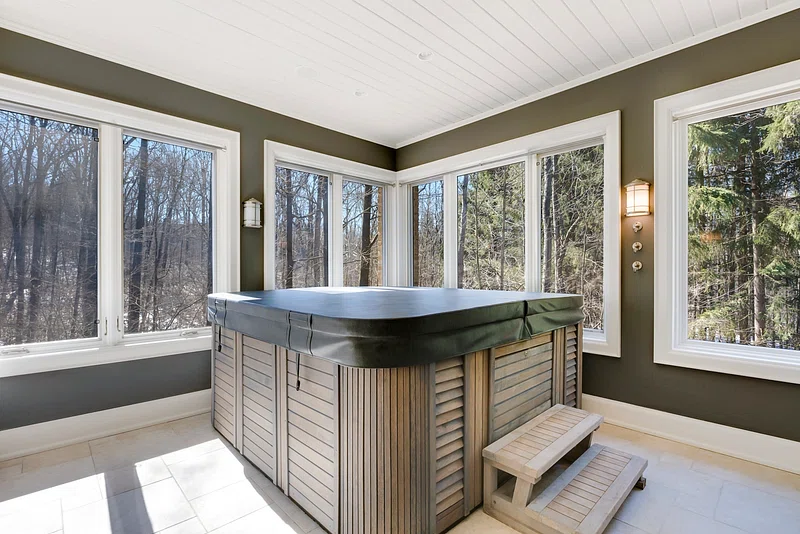
Hot tubs and spas have become a popular backyard upgrade, but they are also among the home additions that can complicate insurance coverage. Like swimming pools, hot tubs come with a significant liability risk, particularly concerning slips, falls, and drownings. Many insurers view hot tubs as a significant hazard, and coverage for these luxury items can be hard to come by. Some insurers may offer coverage for hot tubs and spas, but only if they are installed with proper safety features like fencing, locking covers, or approved electrical systems.
In other cases, insurers may require homeowners to sign a liability waiver to protect against potential accidents or injuries related to the hot tub. The risk of water damage from leaks or malfunctions is another concern for insurers, particularly if the hot tub is poorly maintained or improperly installed. Homeowners should be aware that having a hot tub may increase their premium, or in some cases, lead to a refusal of coverage altogether. If you’re considering installing a hot tub, it’s important to verify with your insurer whether you can get coverage and what safety measures are required.
7. Luxury Roofing Materials
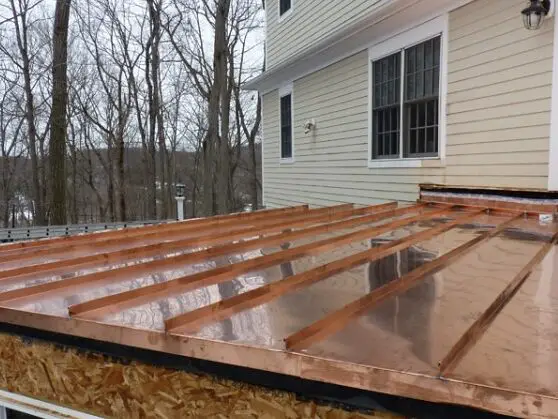
Using high-end materials like copper or slate for roofing may improve the aesthetic and value of your home, but it could also make your roof uninsurable. These luxury materials can be more prone to damage in certain weather conditions or more difficult to repair compared to traditional roofing materials like asphalt shingles. Insurers may hesitate to cover roofs made of expensive materials because repairs can be cost-prohibitive and specialized.
In the event of storm damage or wear and tear, finding a contractor who can repair or replace the roof may prove challenging, driving up insurance costs. Some insurance companies may even refuse coverage entirely for homes with these types of roofs due to the higher risks involved. If you’re installing luxury roofing, it’s important to work with your insurer to ensure the materials are covered and that you’re aware of any specific requirements or restrictions. Homeowners should be prepared for higher premiums or added deductibles to cover the additional risk.
8. Fireplaces and Wood Stoves
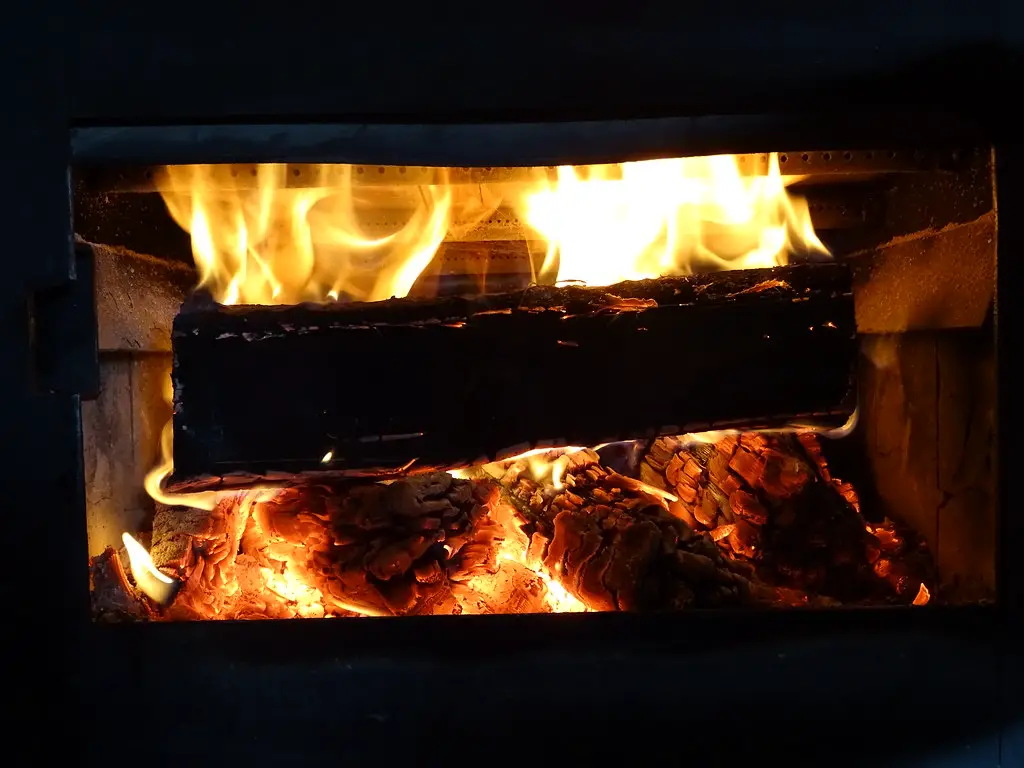
While fireplaces and wood stoves add charm and warmth to any home, they can also increase the risk of fires, making them problematic from an insurance perspective. If your fireplace or stove isn’t properly maintained or doesn’t meet modern safety codes, it could result in a significantly higher risk of fire-related claims. Insurers may refuse to cover homes with outdated or unsafe fireplace systems, particularly if they don’t meet the latest regulations.
Even if the fireplace is newer, many insurers impose higher premiums to cover the added risk of fire damage or smoke inhalation. Wood stoves, in particular, are often seen as high-risk due to the potential for carbon monoxide buildup or accidental fires if not properly installed or vented. If you have a fireplace or wood stove, it’s important to have it regularly inspected and maintained to avoid running into coverage issues. Before installing one of these systems, homeowners should confirm with their insurance provider that it meets their safety standards and that coverage will be available.
9. Wind-Resistant Windows

In areas prone to extreme weather, such as hurricanes or tornadoes, wind-resistant windows are a smart upgrade, but they may not always be insurable. These windows can be expensive to install, and while they are designed to protect homes from severe weather, their added cost and complexity may make them harder to insure. Some insurance companies may offer coverage for homes with wind-resistant windows, but only if they meet certain performance standards. If the windows fail to meet industry standards, insurers may refuse to provide coverage or impose higher premiums.
Additionally, specialized windows can be more difficult to replace or repair, especially in the aftermath of a major storm. Homeowners interested in installing wind-resistant windows should consult with their insurance provider to ensure the windows are properly covered and that their installation complies with regulations. The added costs and complications make these windows more of a concern than an asset when it comes to insurance.
10. Fire-Resistant Landscaping
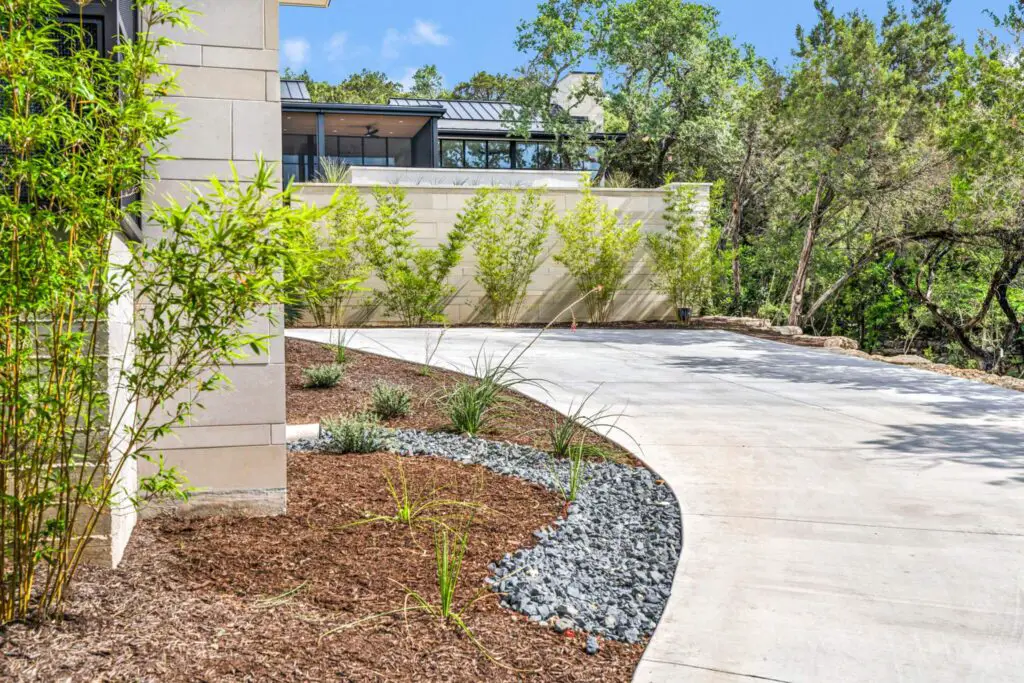
Fire-resistant landscaping is an important home upgrade for those in wildfire-prone areas, but insurance companies are increasingly hesitant to cover homes with certain types of fire-resistant landscaping. While fire-resistant plants and materials can help prevent the spread of fires, they can also lead to higher liability risks if they’re not installed properly. For example, poorly placed fire-resistant shrubs could still catch fire in certain conditions, and materials like gravel or stone can make it more difficult for firefighters to access a home during an emergency.
Insurers may also consider the potential for these landscaping features to increase the value of the home, which could lead to higher premiums. Some insurers may refuse to provide coverage for homes with fire-resistant landscaping altogether, particularly if the installation violates local building codes or zoning laws. Homeowners should verify with their insurer before making these upgrades to ensure they’ll still be able to obtain coverage.
11. Smart Home Systems
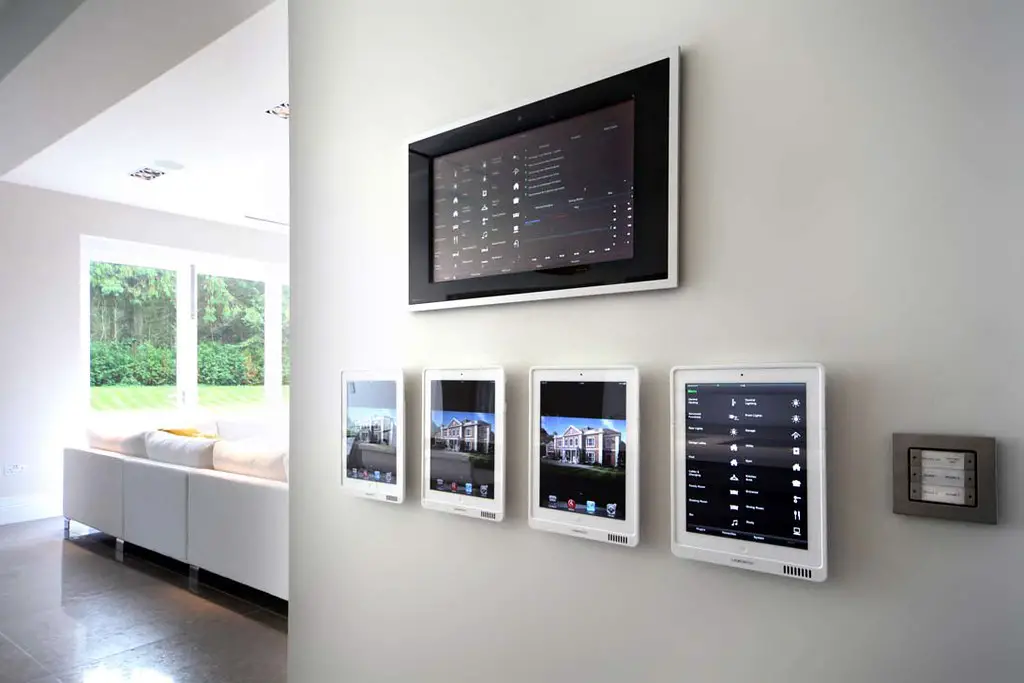
Smart home systems that control lighting, temperature, and security features are growing in popularity, but they can be difficult to insure due to potential vulnerabilities. Hackers may target your smart home system, leading to security breaches that could result in theft or damage. Insurers may be reluctant to cover homes with complex, interconnected systems due to concerns over cybersecurity risks.
Additionally, if your smart home system malfunctions, it may cause damage to the property or lead to costly repairs. Some insurers may require homeowners to purchase additional cyber insurance to cover smart home risks, which could be expensive and complicated. If you’re considering upgrading to a smart home system, it’s important to work with your insurer to ensure you’re adequately covered for any potential risks.
12. Home Theaters

Home theaters, while providing a luxury experience for homeowners, are increasingly difficult to insure due to the high-value equipment involved. The installation of advanced audiovisual systems, screens, and seating can significantly increase the value of a home, which in turn raises the cost of insuring the home. If these systems are damaged, the replacement cost can be astronomical, and some insurers may be unwilling to cover the full value of the equipment.
Additionally, the risk of fire or electrical issues from home theater equipment can complicate matters, especially if wiring and installation are not up to code. In some cases, home theaters may require separate coverage to protect against specific risks, which can lead to higher premiums or exclusions from standard homeowner policies. Homeowners with home theaters should review their insurance policy carefully and consider additional coverage if necessary.
